Art Nouveau and Art Deco
The London Archives has a wealth of resources for historians of design. Here we define two design styles: Art Nouveau and Art Deco, what distinguishes them, and how you can find examples in our collections.
What is Art Nouveau?
Art Nouveau (‘New Art’) was a design style that peaked around 1890 until around 1914 in Europe. It was characterised by stylised organic flowing lines, often inspired by plant and flower motifs and irregular asymmetrical curves. The work of Charles Rennie Mackintosh is typical of the style.
In Britain it was known as the ‘Modern Style’, elsewhere it was called ‘Jugendstil’ (Germany) and ‘Stile Liberty’ (Italy) for example.
In London, its development was cultivated through the Arts and Crafts movement aesthetic and emerged into a sort of Edwardian Baroque in architecture. The textiles produced for Liberty are key to the dissemination of Art Nouveau as a style.
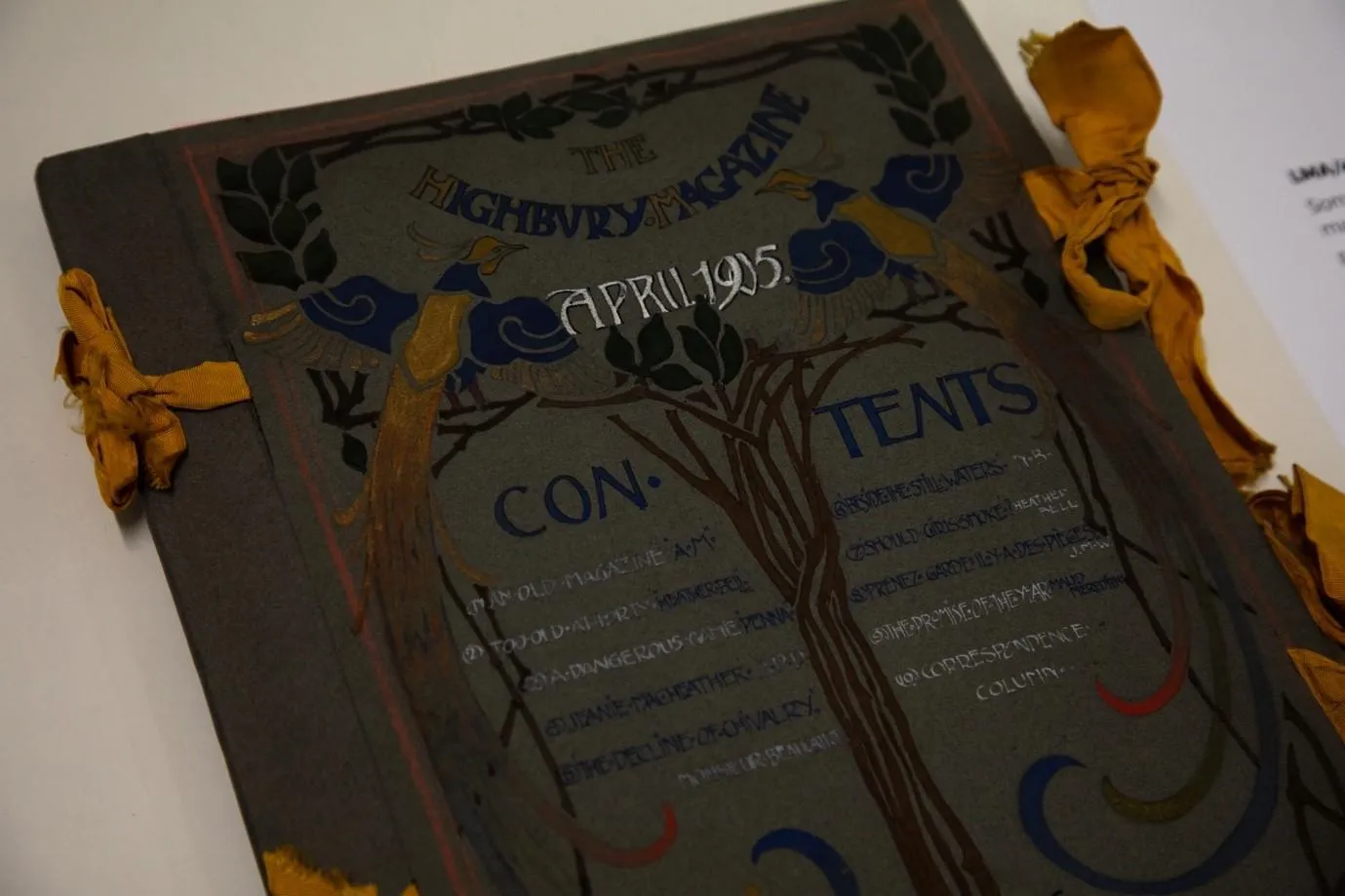
What is Art Deco?
Art Deco originated in France and the style was exhibited in Paris at the ‘Exposition Internationale des Art Decoratifs et Industriels Modernes’ in 1925. Originally known as ‘Style Moderne’, later in the 1960s, Bevis Hillier applied the label ‘Art Deco’.
It is characterised by geometric repeating forms, a rectilinear, streamlined aesthetic and sunburst motifs were typical of the style in the suburban environment. Egyptian motifs were also a popular design feature.
The modern machine-age had a large influence upon how the style developed. Buildings saw the use of new materials like vitrolite (opaque coloured glass), as used in the Daily Express building on Fleet Street.
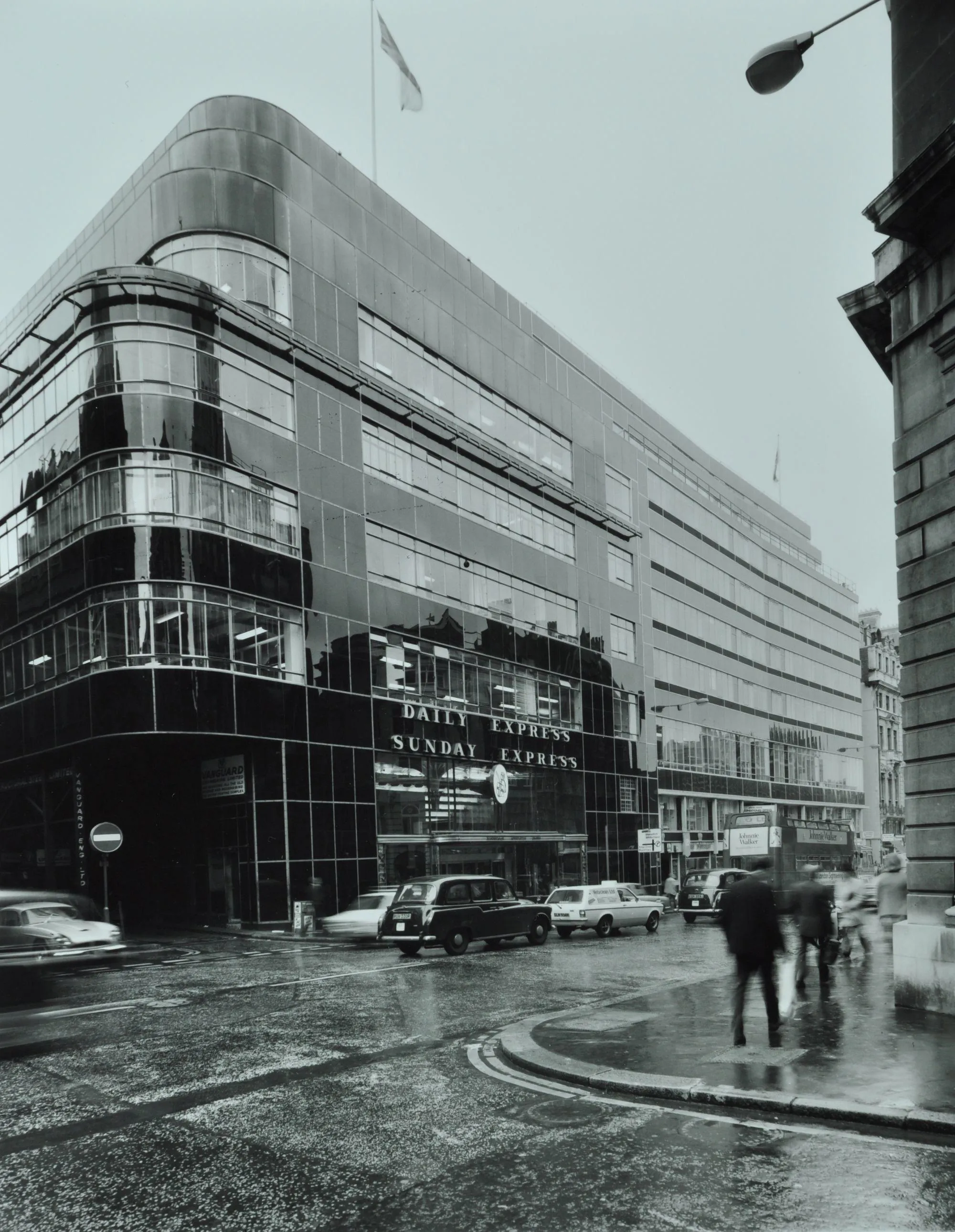
More than an architectural movement, Art Deco was a style that developed between the wars to reflect the optimistic mood of the times. A sleeker more cosmopolitan development of the florid Art Nouveau movement, Art Deco celebrated the mechanisation of the modern age.
Just as Art Nouveau could comprehend both the voluptuous poster designs of Mucha and the severe furniture designs of Mackmurdo, so Art Deco can be held to cover the Ballet Russe fripperies of Erté as well as the ‘architectural nudism’ of Le Corbusier…I would suggest this as a working definition: an assertively modern style, developing in the 1920s and reaching its high point in the thirties; it drew inspiration from various sources, including the more austere side of Art Nouveau, cubism, the Russian Ballet, American Indian art and the Bauhaus.
How do I find examples of these styles at The London Archives?
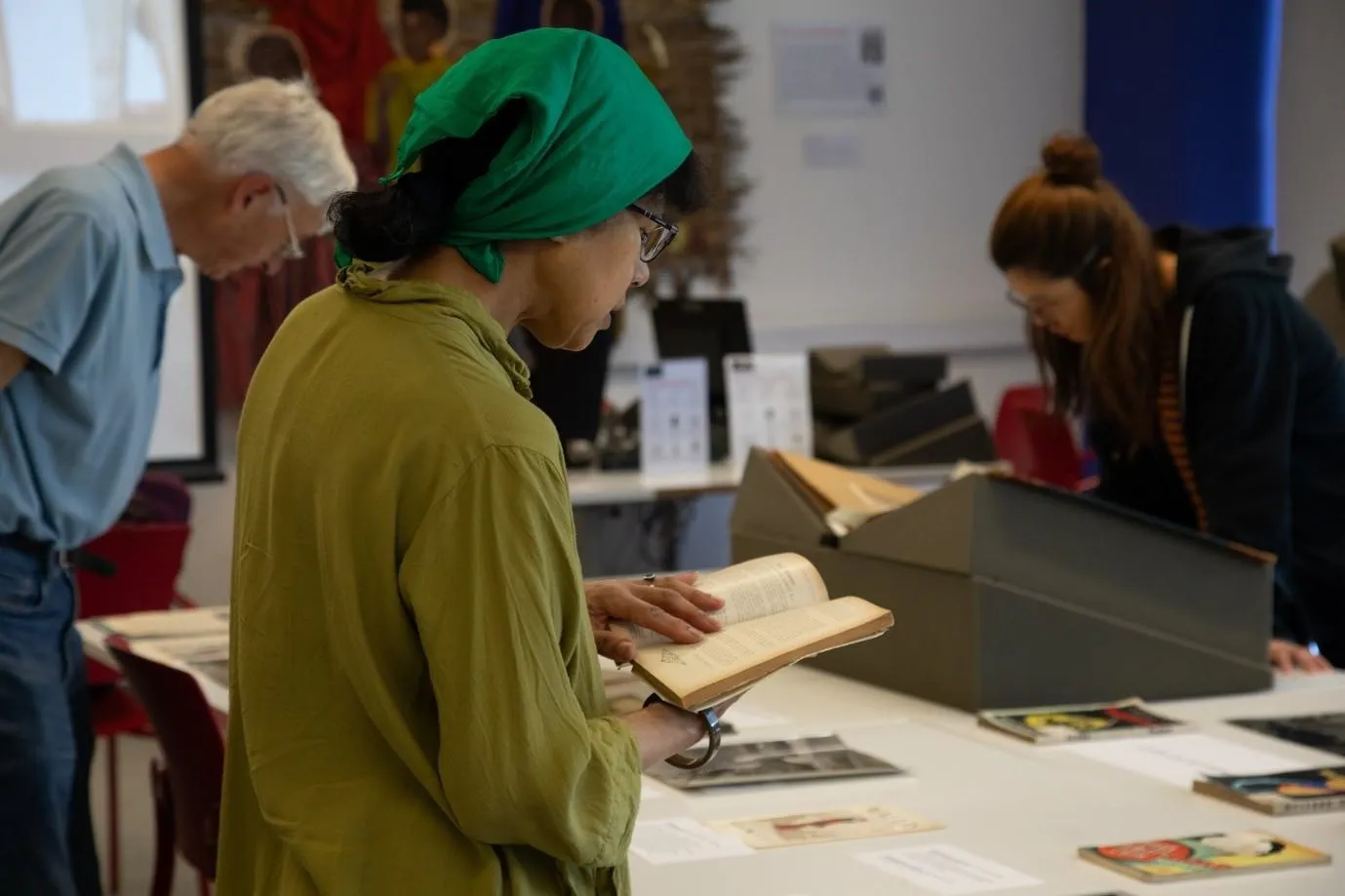
London Picture Archive
Start by searching the London Picture Archive where you can filter by keyword and specify a date range. However, please note that not all photographs and images are tagged with these search terms so there will be others to be found by searching for particular buildings.
Need some inspiration? Check out the Art Deco gallery on the London Picture Archive:
Art Deco Gallery on London Picture ArchiveThe Library
Periodicals such as the Illustrated London News (67.0 ILN) are excellent to browse through to get a feel for the era you are researching. These can be ordered with staff at the information desk.
Search the archive catalogue
Try searching on our archive catalogue. Documents are not currently tagged with the keyword by design style, so it is best to look for specific buildings you are looking for within a particular date range for example.
You might wish to start by exploring the following themes: housing, architecture, advertising, fashion, bathing, entertainment.
Search the catalogueA closer look
Liberty Department Store
During the 1890s, the department store Liberty built strong relationships with many English designers such as Archibald Knox who favoured an arts and crafts and art nouveau style. Knox worked for the Silver Studio which had an important role in the development of the style. Arthur Silver was influenced by the art of Japan and the most productive periods of the studio were between 1891-96 and 1924-38.
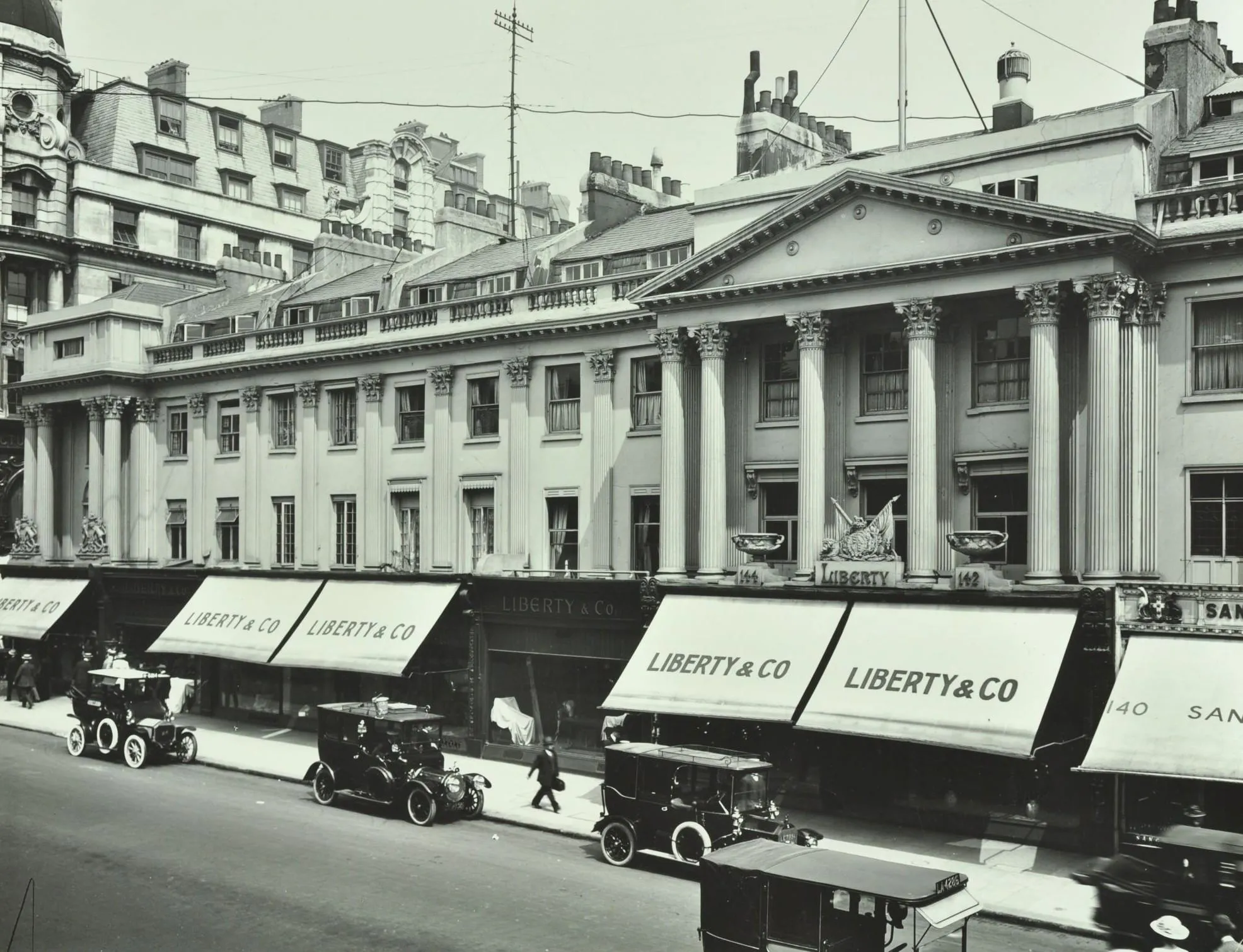
Related documents
- B/HIG/HH/10/01/177 - photographs of Liberty's, Regent Street and Great Marlborough Street including a copy of, 'Liberty's: a biography of a shop', by Alison Adburgham (1975).
- SC/GL/PPB/06 - Liberty art fabrics advertised within Savoy Theatre programmes (by appointment only)
Shows at Olympia
Radiolympia was a major annual exhibition of radio and later television equipment held at Olympia from 1926 to the 1940s and the covers of the catalogues in our collection showcase design during this period.
On 26 August 1936, the BBC made one of the first high-definition television broadcasts from Alexandra Palace to the exhibition, using the Baird 240-line system, followed by the Marconi-EMI 405-line system the next day. The 1939 Radiolympia exhibition was abruptly closed on 1 September, the day the BBC television transmitters were switched off at the outbreak of the Second World War.
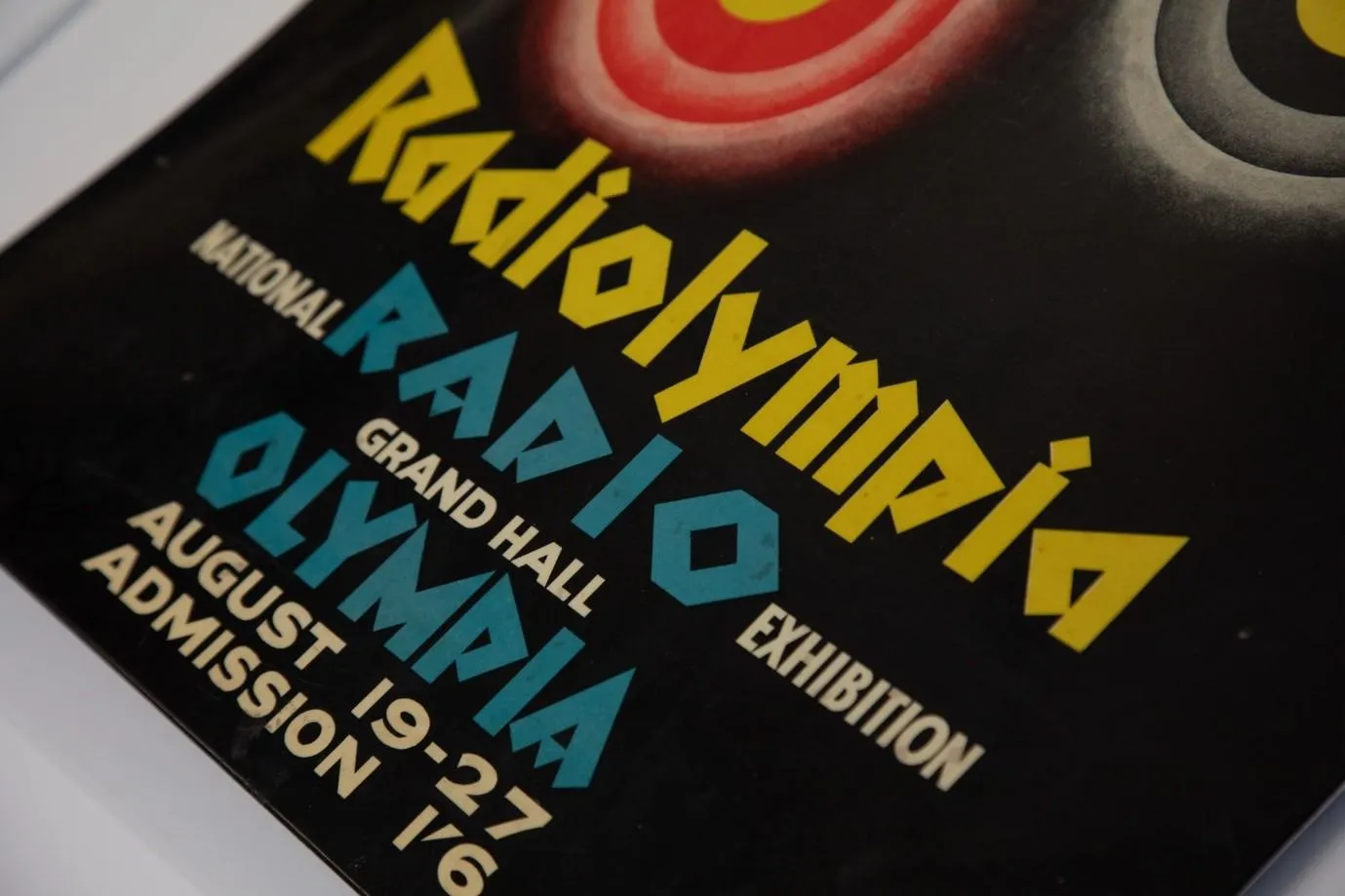
Related documents
- LMA/4684/02/02/1933/008 - Radiolympia: The National Radio Exhibition catalogue, 15-24 Aug 1933.
- LMA/4684/02/02/1938/007 - Radiolympia: The National Radio Exhibition catalogue, 24 Aug-3 Sep 1938.
Building Plans
Proposed plans of buildings were submitted to the London County Council (1889-1965) and the Greater London Council (1965-1985). We have many examples of the Art Deco style in the collection such as the Carlton Cinema on Essex Road.
Architect George Coles designed an Egyptian-style façade for this building which was influenced by the discovery of Tutankhamen’s tomb in 1922. The tiles are brightly coloured Hathernware – glazed yellows, reds, blues and you can see a slightly different vision in this early design.

As well as plans for buildings of business and entertainment venues, we hold some for domestic properties and flats at Belvedere Court in Hampstead Garden Suburb, an area of architectural importance situated to the north west of London. The Suburb was the vision and accomplishment of Henrietta Octavia Barnett and development began in 1907.
Related documents
- GLC/AR/BR/19/4174 - Plans of Carlton Cinema: 161-169 Essex Road, Islington, 1930-1932.
- ACC/3816/P/02/0677 - Belvedere Court, Lyttelton Road, Finchley MB: Planning application (Flats), architect H. Slade, 1936. Originally built for rental, another section of plans was designed by Ernst L Freud (ACC/3816/P/02/0747).
Visit us!
Why not register for your History Card today and visit us to explore some London design history!
Register for a History Card